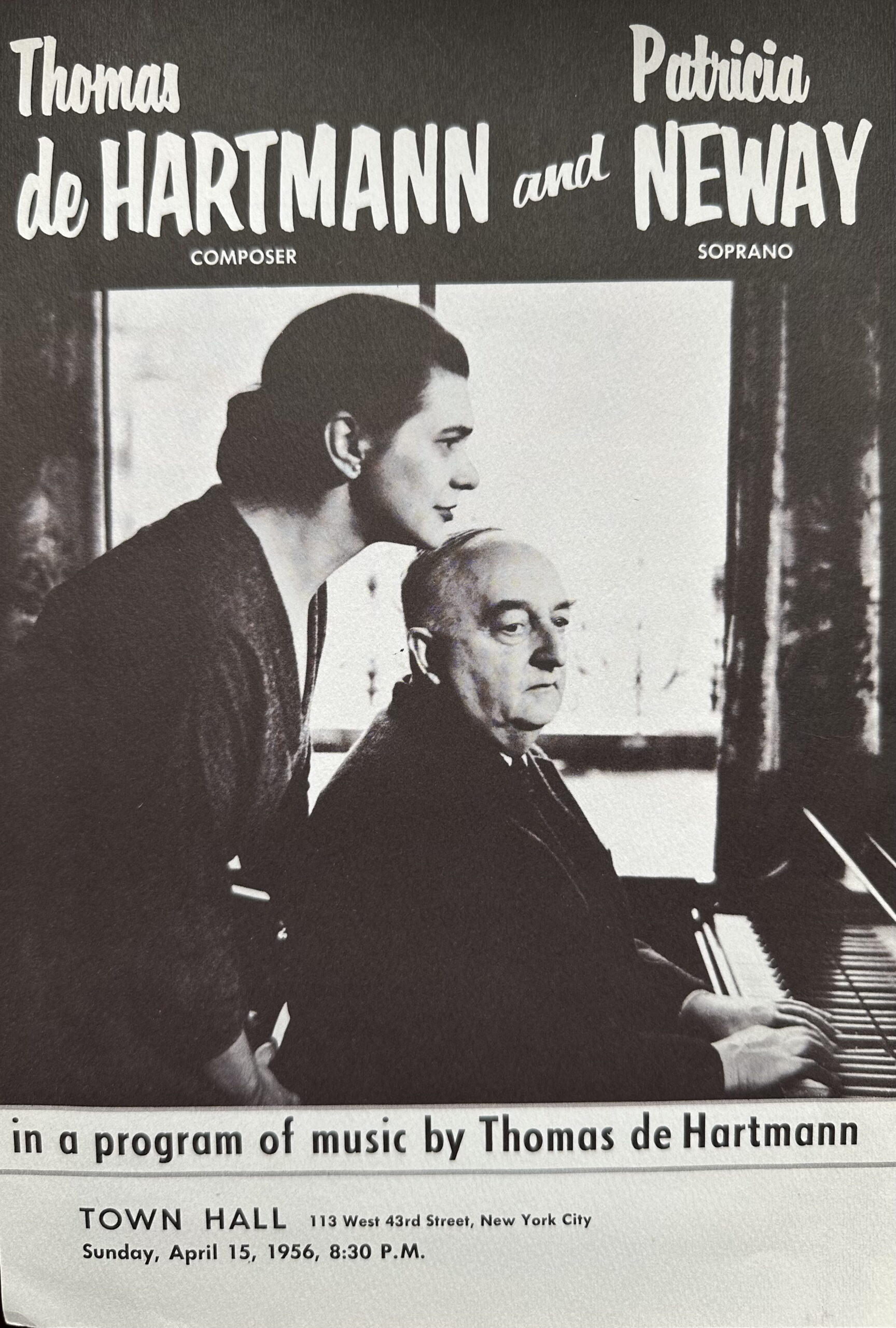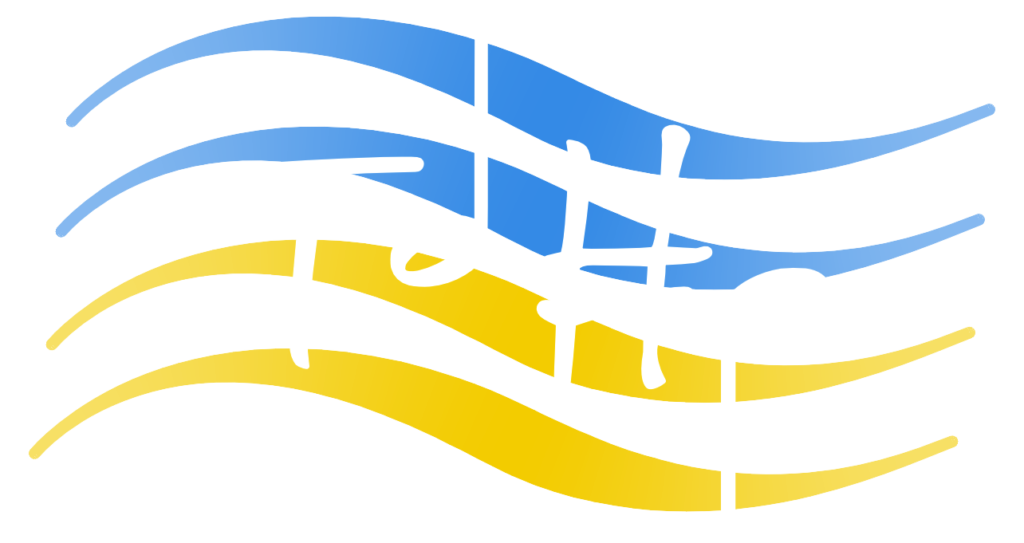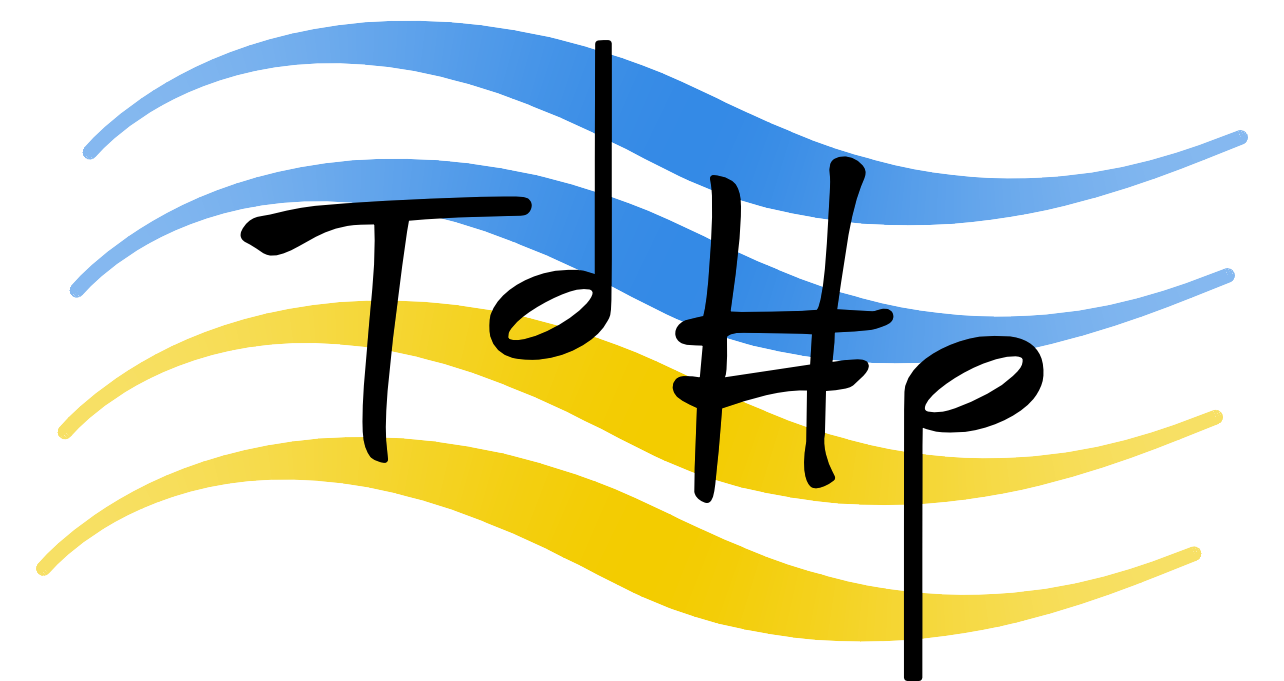Thomas de Hartmann (1884-1956)
Ukrainian composer Thomas de Hartmann was widely acclaimed in Russia at the turn of the 20th century, and he enjoyed a successful career in France during the 1930s and 1940s. His unique voice brought together many styles to produce a colorful and vibrant catalog. However, since his death his music fell into obscurity.
1884
Born in Khoruzhivka Ukraine, Russian Federation.
1894
Attends military school in St. Petersburg (age 10).

1896
Studies composition with Anton Arensky, and piano with Anna Yesipova–Leschetizky.
1904
Graduates from St. Petersburg Imperial Conservatory, where he studies composition with Nikolai Rimsky-Korsakov.
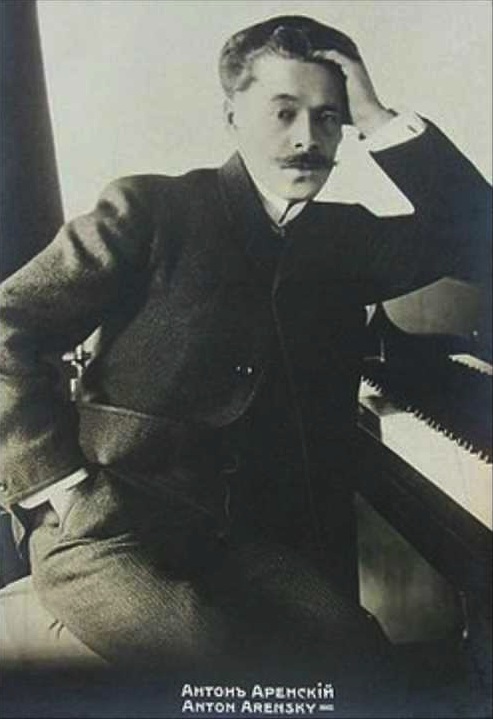
1906
Studies fugue and counterpoint with Sergei Tanayev.
1906
Marries Olga Arkadievna Schumacher.
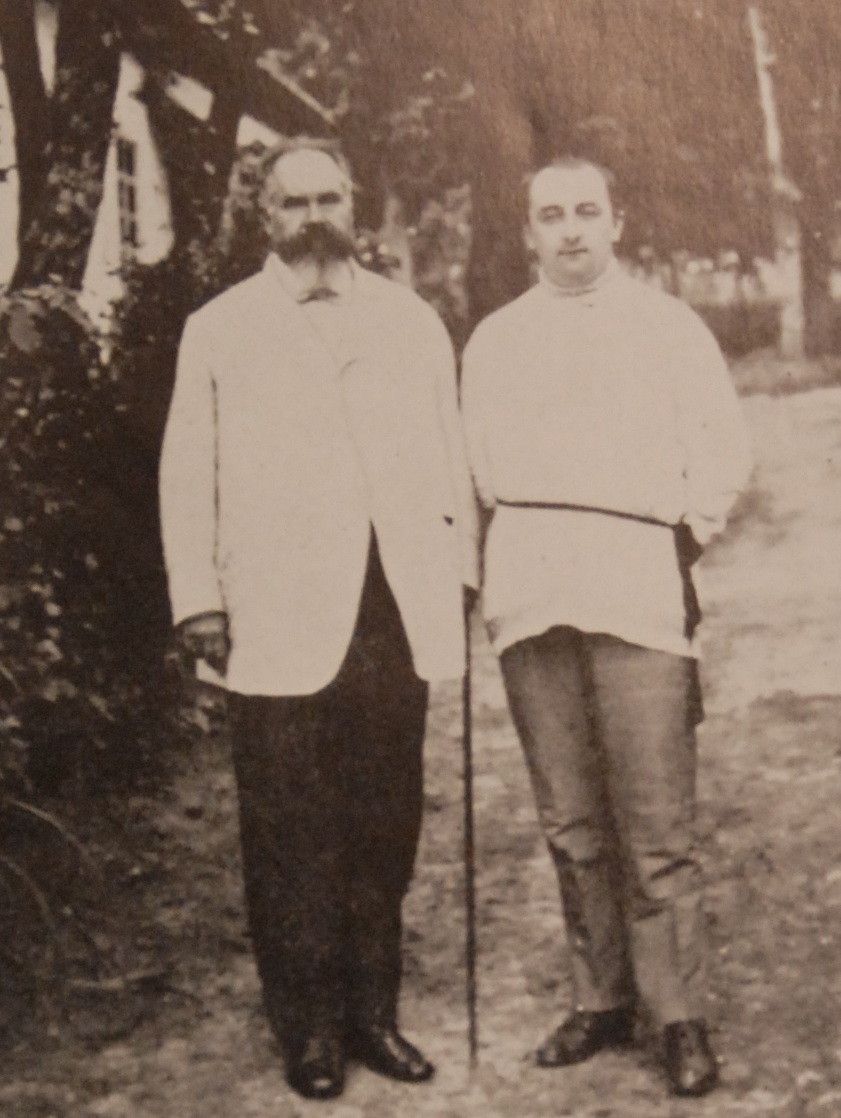
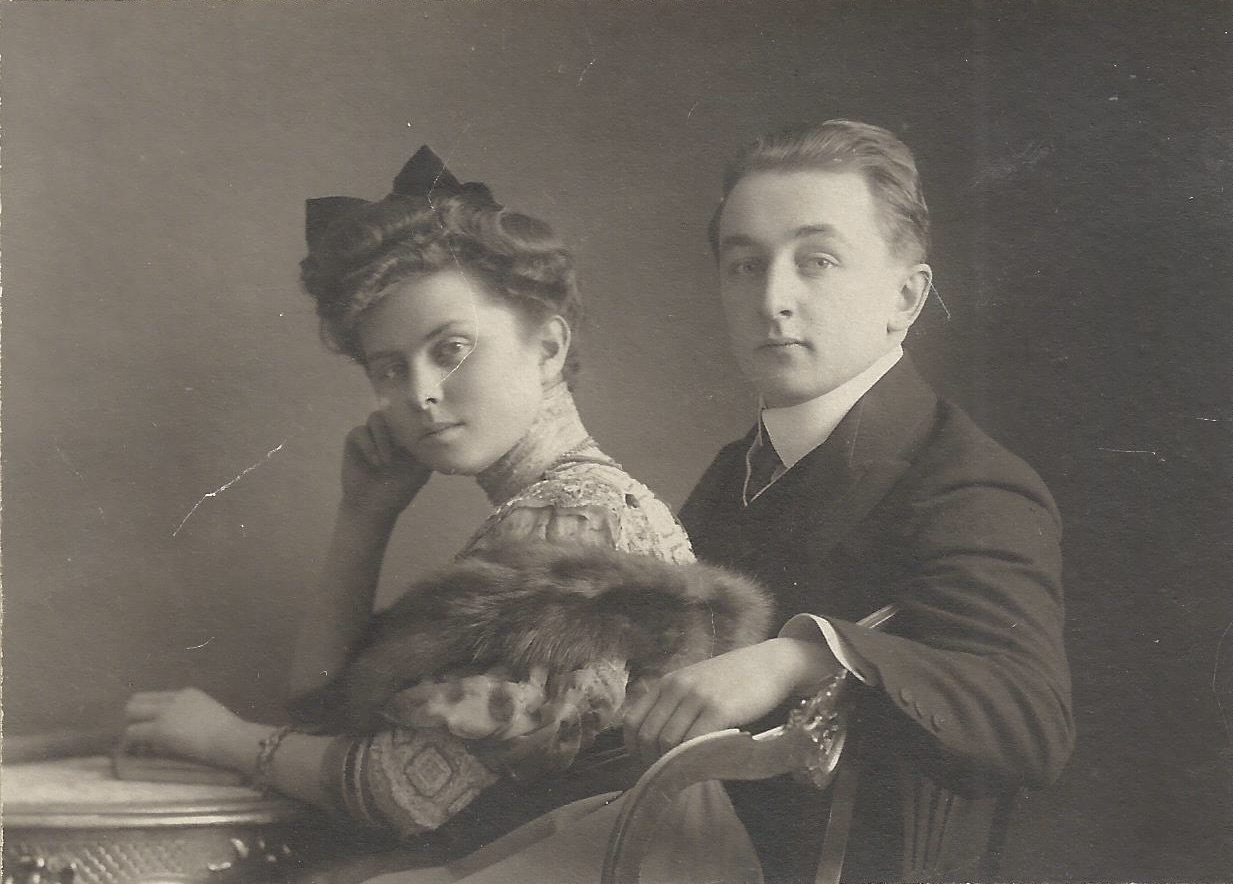
1906-’07
La Fleurette Rouge
Composes what would prove to be the most ambitious production of his career – La Fleurette Rouge, a ballet in 5 acts and 8 scenes, of 3 hours duration. It was first performed in December, 1907, at the Mariinsky Theater in St. Petersburg, produced by Nikolay Legat with Vaslas Nijinsky and Tamara Karsavina in the cast, and then again twice in 1908. It was performed again in 1911, at the Bolshoi Theater in Moscow, with Fokine, Nijinsky and Pavlova dancing the leading roles, and altogether performed 8 times in Moscow.
Dedicates La Fleurette Rouge to his wife.
Tsar Nicolas II attended the St. Petersburg concert and was so favorably impressed that he allowed de Hartmann to defer his military service so that he might pursue a full-time career in music.
1907
First compositions are published by Jurgenson.
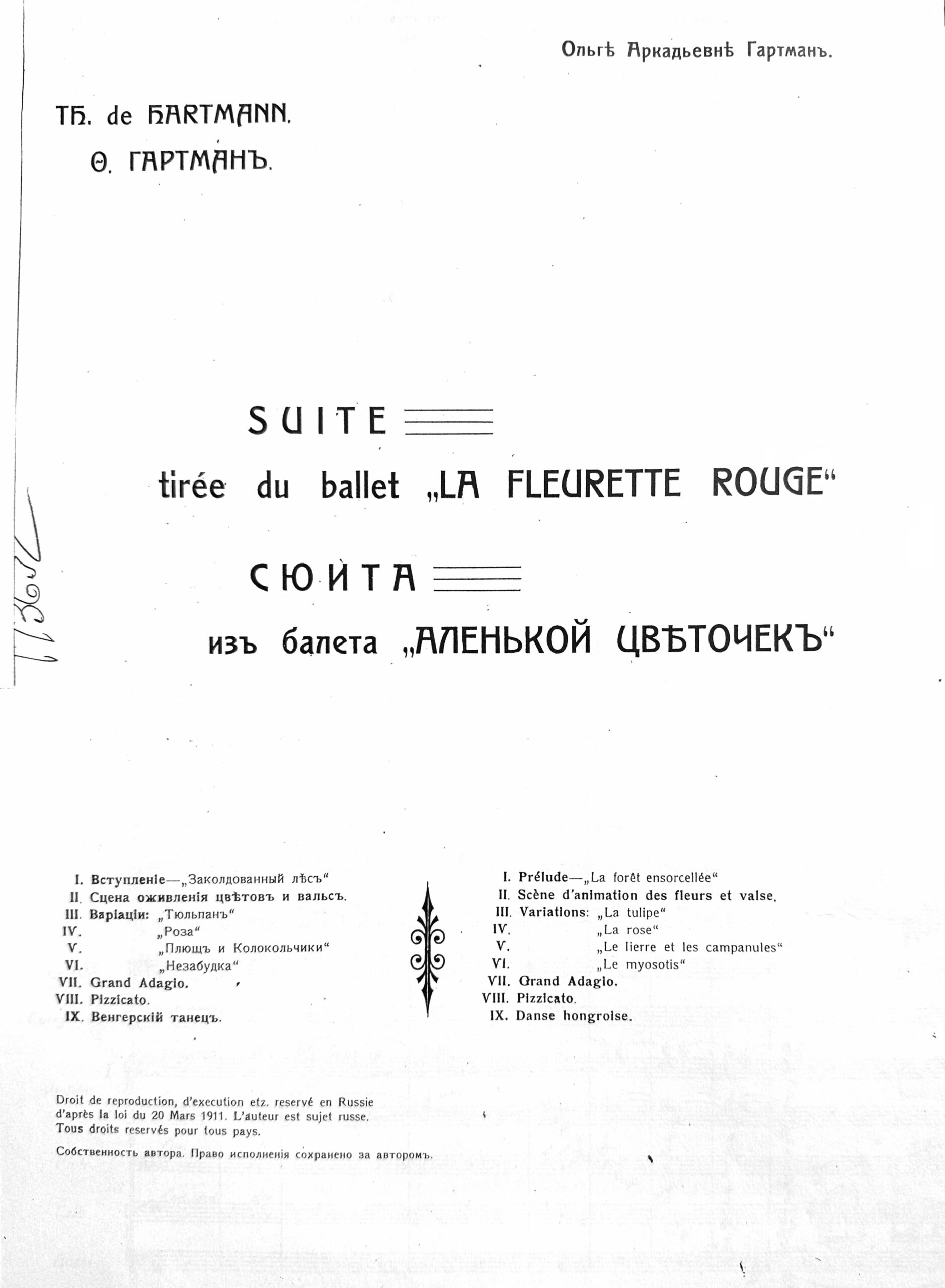
1908
Goes to Munich, Germany and studies conducting with Felix Mottl. Meets and befriends Wassily Kandinsky and Franz Marc and becomes part of Der Blaue Reiter group.
1909
Composed sketches for the one-act opera Der Gelbe Klang (“The Yellow Sound”) with Kandinsky. Konstantin Stanislavsky, head of the Moscow Art Theatre, declined persistent requests to stage it, so it was never completed or performed.
1912
Writes an article Über die Anarchie in der Musik, published in the Blaue Reiter Almanac.
1914
WWI begins, and called back to active military service, and returns to St. Petersburg.
1915
Composes a small opera for marionette theater, “Forces of Love and Sorcery” [Op. 16], which is performed in St. Petersburg.
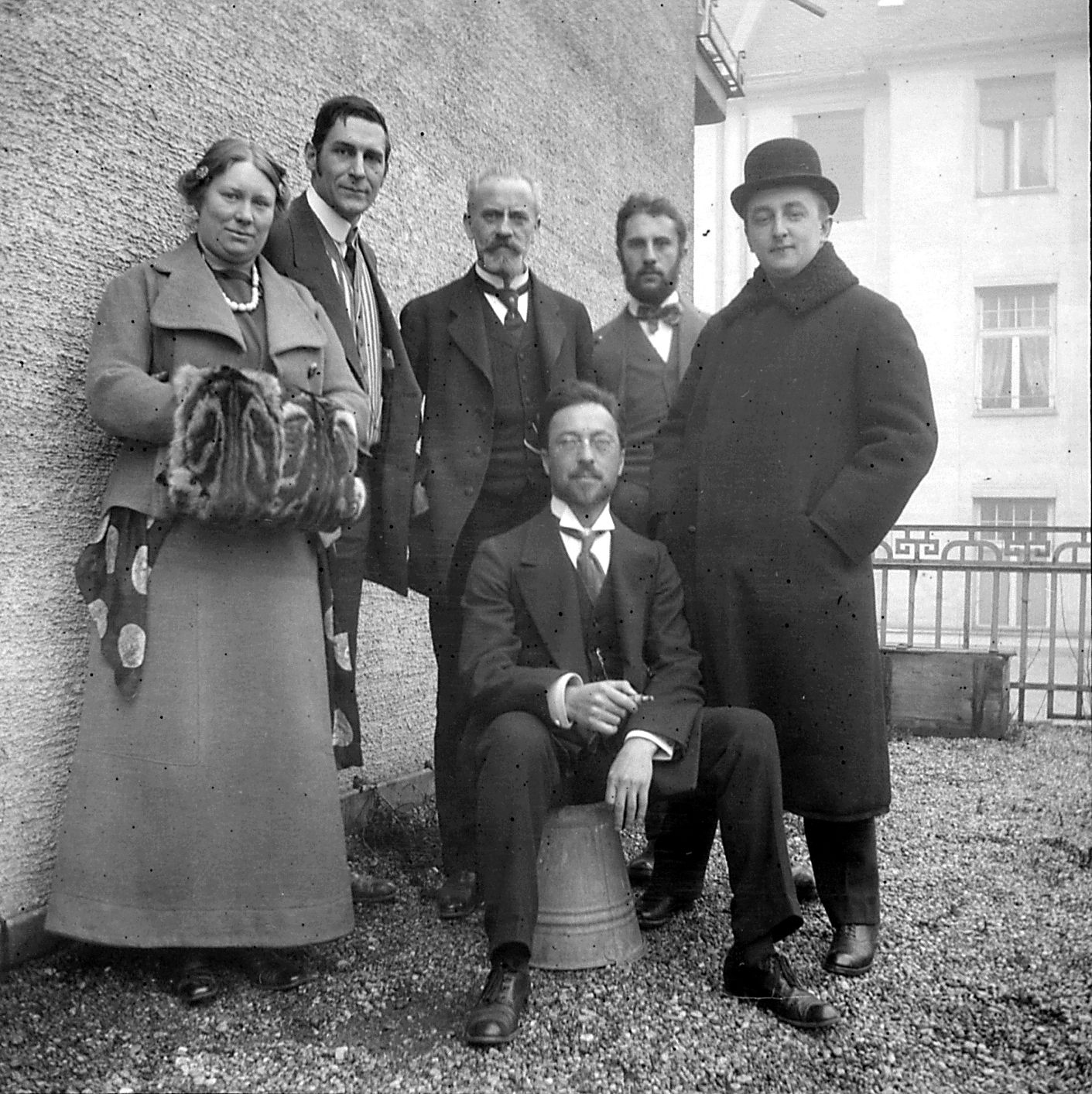
also pictured, left to right: Maria Marc, Franz Marc, Bernhard Koehler, Heinrich Campendonk. , Munich, 1911.

1916
Meets the mystic George Gurdjieff in St. Petersburg, and decides with Olga, to join his group of followers.
1917
Sent to the Caucasus to work on his military inventions, and at the outset of the Bolshevik Revolution, flees with Gurdjieff and his followers through the Caucasus, via Essentuki to Tiflis, Georgia. Teaches composition at the conservatory and becomes Artistic Director of the Imperial Opera House.
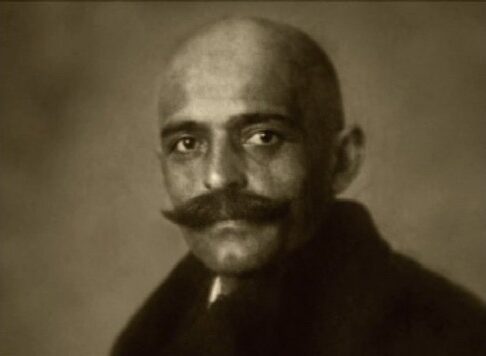
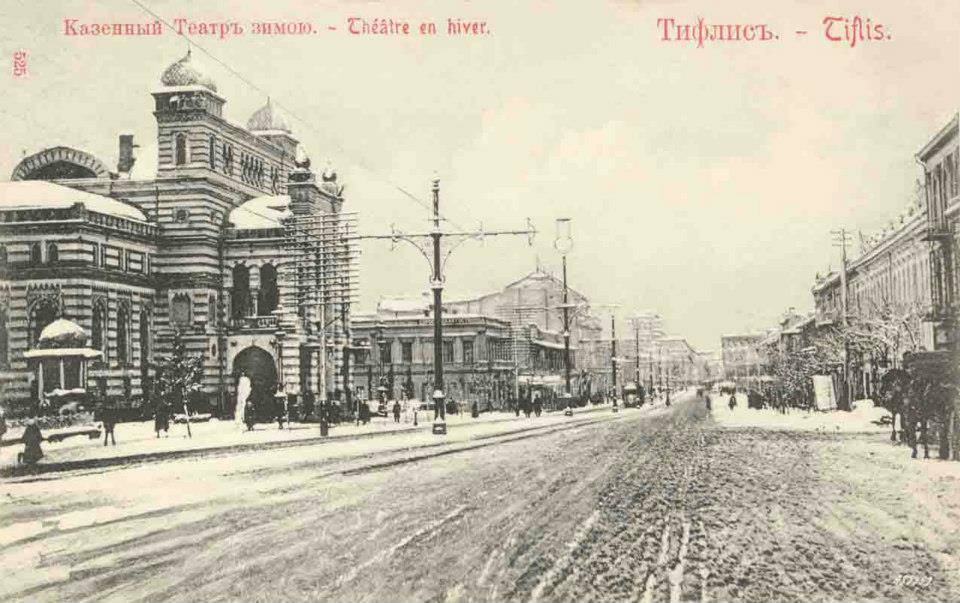
1920
Travels with Gurdjieff to Constantinople, Turkey. Leads an orchestra of displaced Russian musicians. Attends a performance of the Whirling Dervishes at the Mevlevi Tekke and finds inspiration in their music.
1922
Arrives in Paris, via Berlin, with Gurdjieff and his students. Settles at Gurdjieff’s ‘Institute for the Harmonious Development of Man’ in Fountainbleau. Composes music for the Sacred Gymnastics or ‘Movements’ together with Gurdjieff.


1923
Makes orchestral arrangements of Gurdjieff’s music for the Movements demonstrations at the Champs-Elysées Theatre in Paris, in December. The music is performed by a 35-piece orchestra.
1924
Travels to New York with Gurdjieff and his students for Movements demonstrations. Performances take place in New York City, Boston, Philadelphia and Chicago.
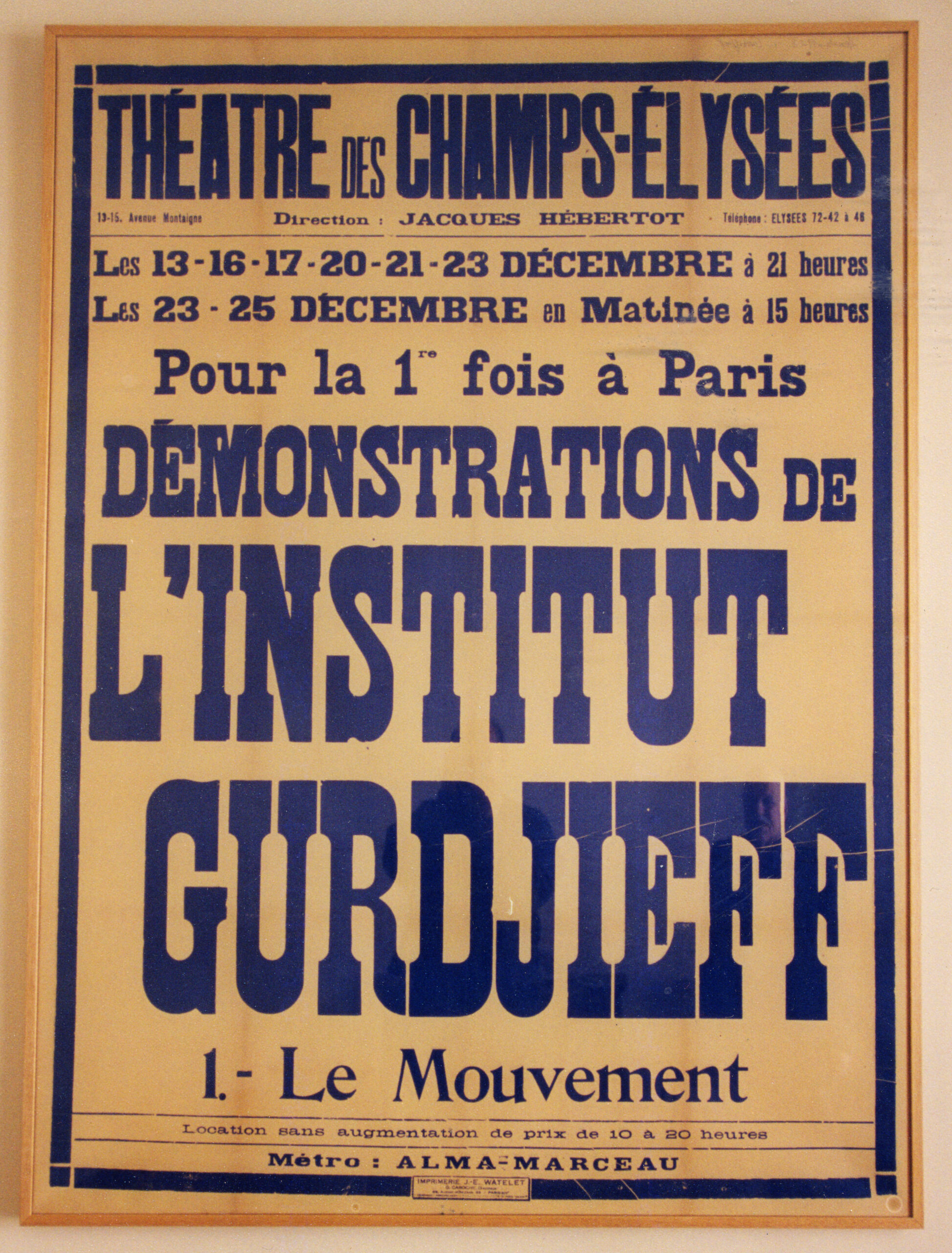
1925
Gurdjieff begins regular composing sessions with de Hartmann, eventually resulting in some 200 compositions for the piano. This collection is known as ‘the Gurdjieff/de Hartmann music.’
1928
Becomes a full-time film composer (under the name of ‘Thomas Kross’) mainly for Synchro-Ciné in Paris. Composes some 52 film scores between 1928 and 1936.
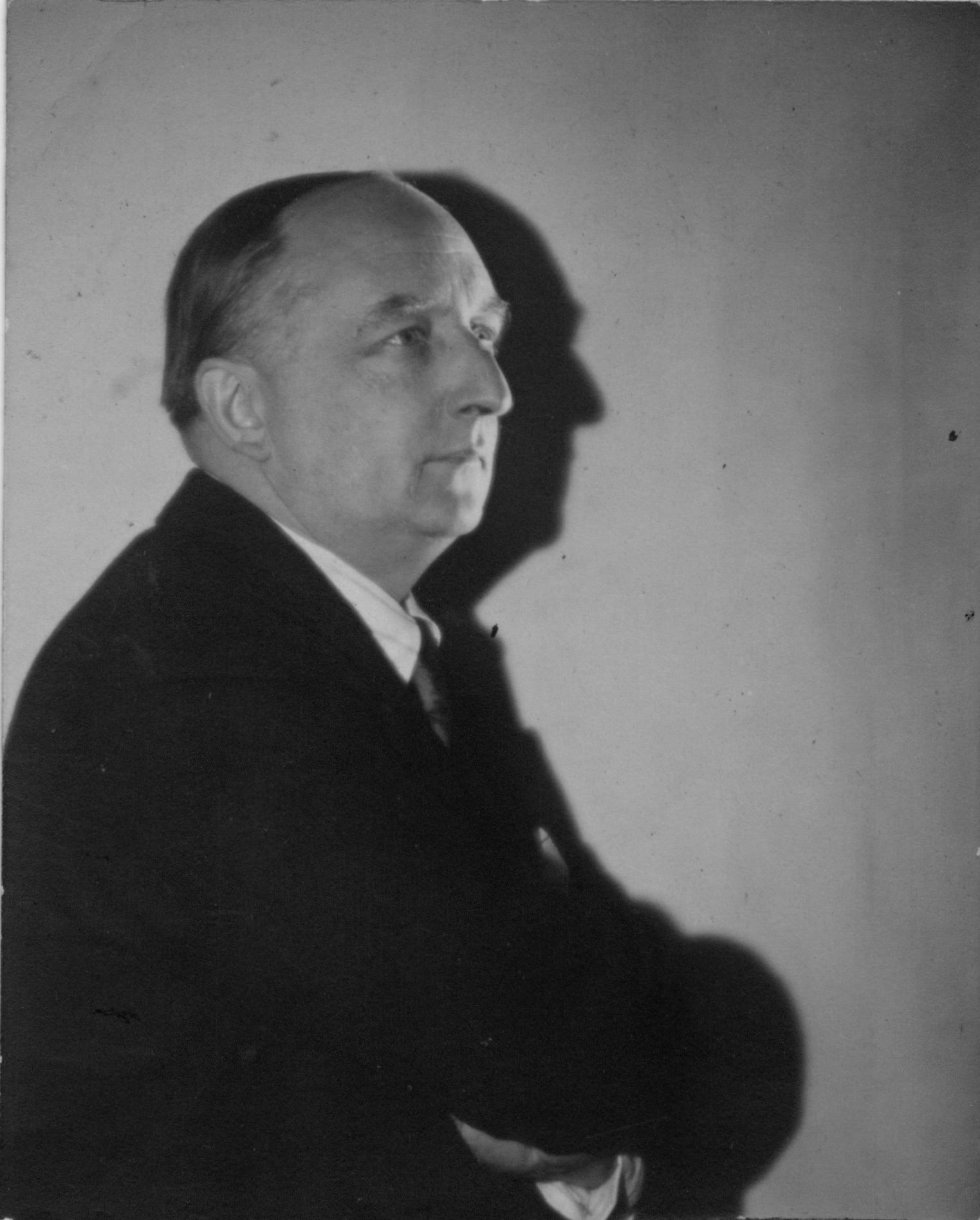
1929
Leaves Gurdjieff’s Institute. and moves to Garches with Olga. Continues to write film music and returns to composing music in the classical idiom. Finds an admirer and life-long friend in cellist Pablo Casals who advises him:
“Pay no attention to the taste of your Parisian colleagues. Rare are all of those who have a real talent, more rare yet those who dare to be themselves.”
1936-’50
This most productive period saw the premieres of many large scale works including a ballet, two symphonies, two suites, and six concertos (cello, piano, double bass, violin, flute), in addition to chamber works, solo piano, and songs. Most of the orchestral works were performed in Paris by the Lamoreaux Orchestra under the direction of Eugene Bigot. However, the cello concerto was premiered in 1938 in Boston by Serge Koussevitsky, the Boston Symphony, and cellist Paul Tortelier.
1940-’46
WWII – Moves to Courbevoie, and composes throughout the war. Begins work on the opera ‘Esther’ [Op. 76], based on Racine’s classical tragedy. Completes ‘Esther’ in 1946.
1950
Moves to New York, and is invited by architect Frank Lloyd Wright to lecture on the inter-relatedness of the arts at Wright’s school in Taliesin West, Arizona.
1952
Rehearses his Sonata for Violin and Piano, [Op. 51] with violinist Alexander Schneider and Pablo Casals observing, for a performance at Princeton, NJ, on 8 March 1952.
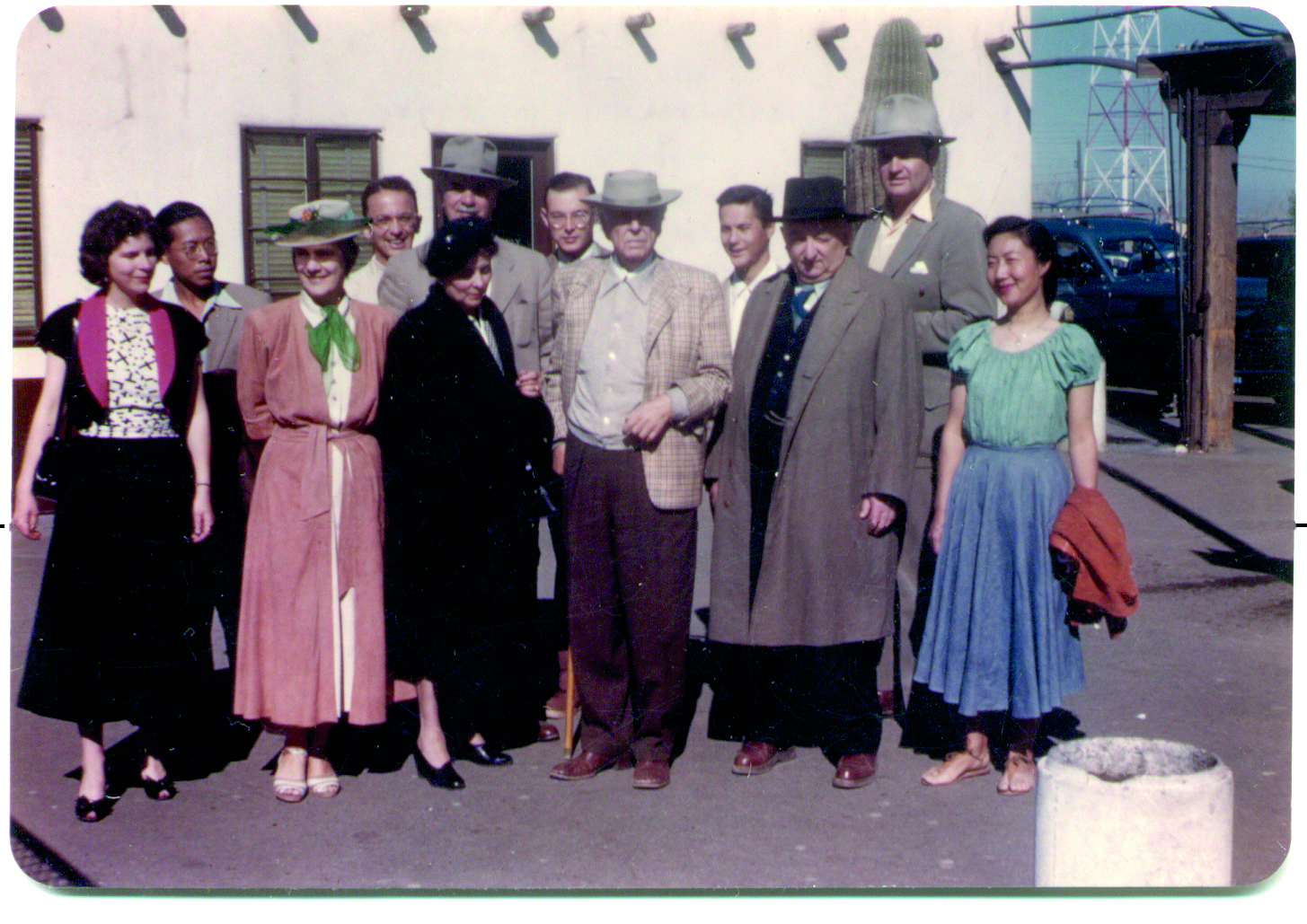
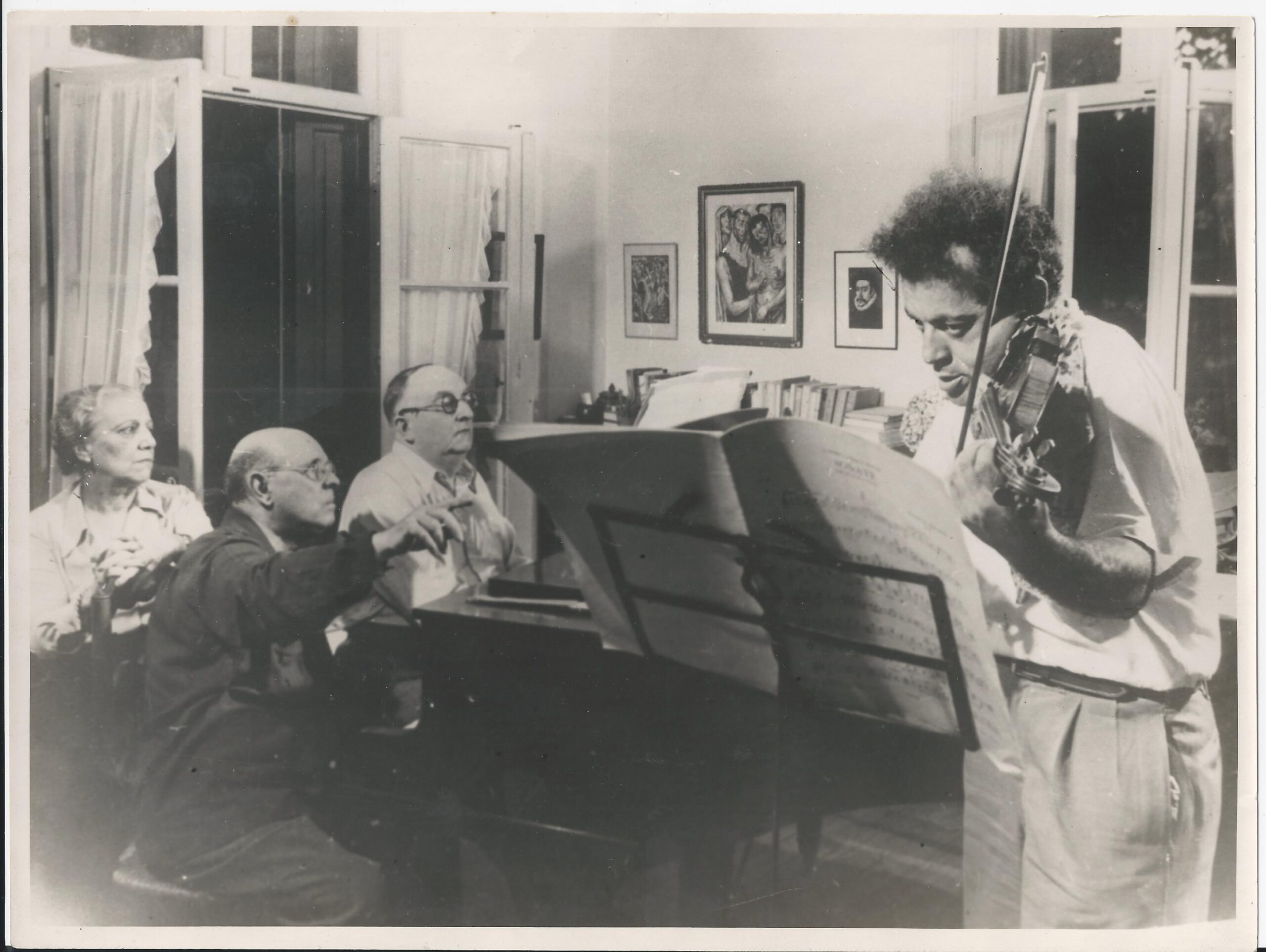
1956
Dies suddenly from a heart attack on 28 March while preparing for a concert of his music, scheduled at Town Hall, New York for 15 April. His students perform the concert as a memorial tribute.
De Hartmann’s music was enthusiastically supported by performers and conductors such as Leopold Stokowski, Eugene Bigot, Pablo Casals, Paul Tortelier and Jean-Pierre Rampal, but the turbulent historical events through which he lived and the many geographical displacements throughout his life kept his music from reaching a wider audience.
